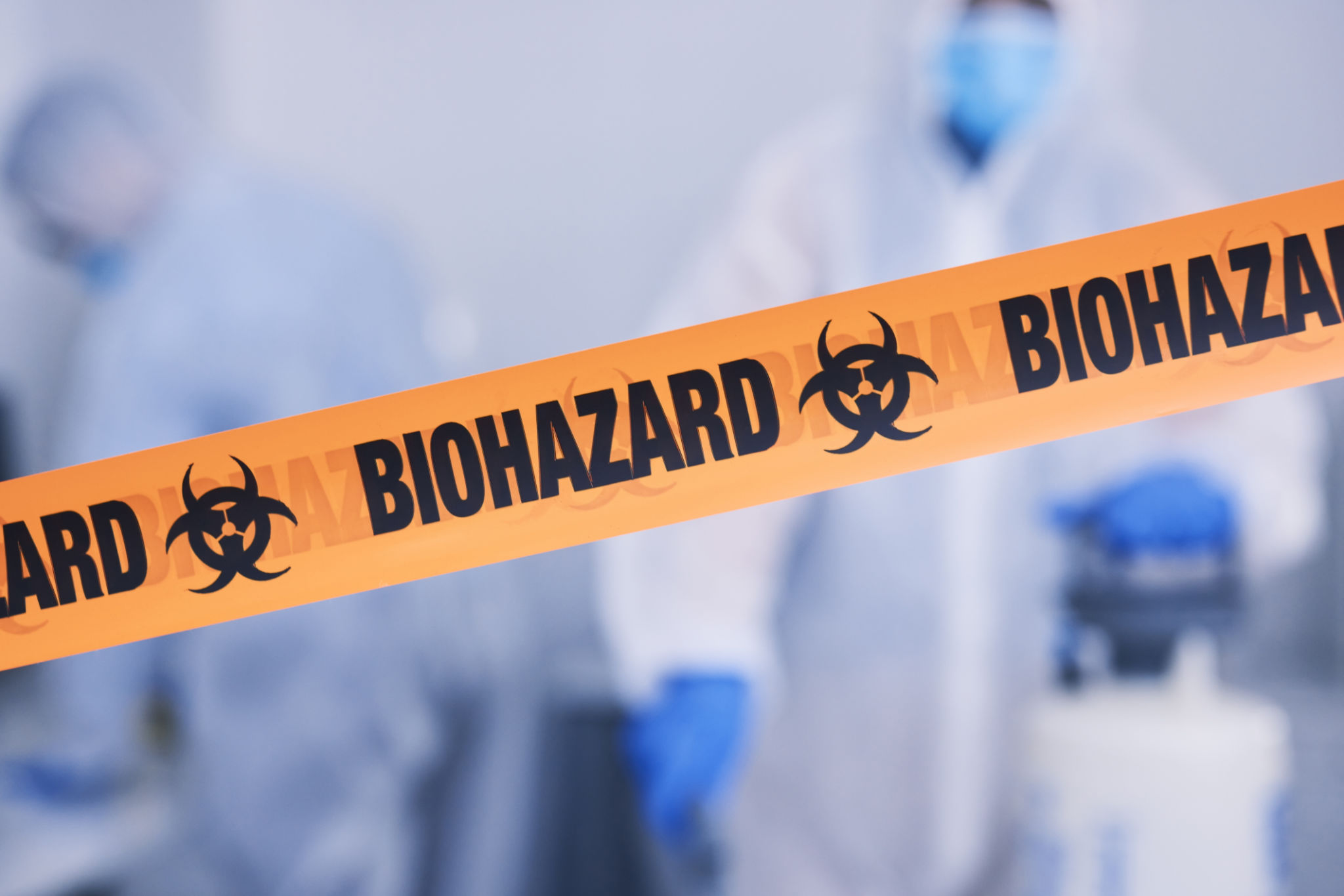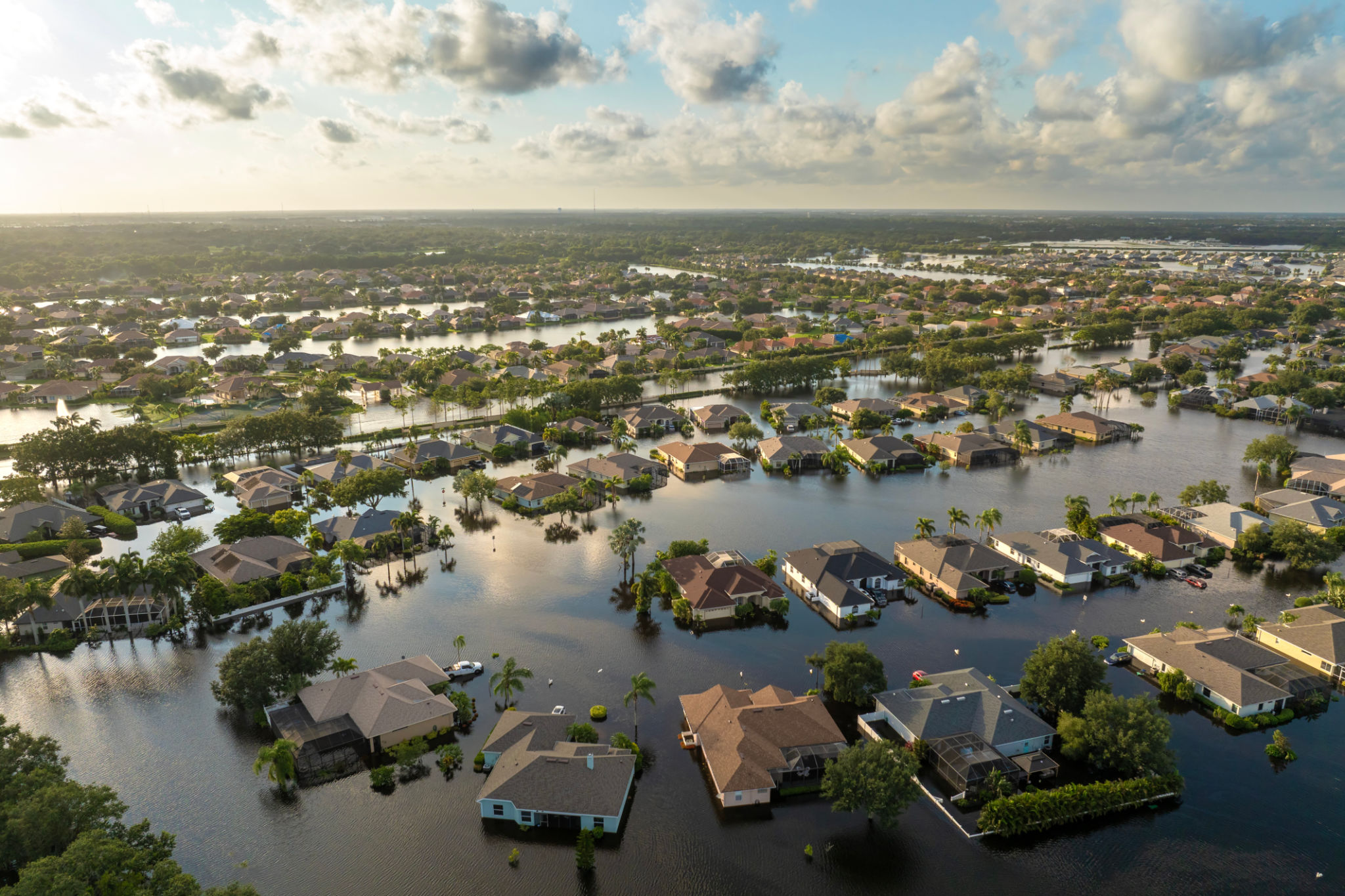Seasonal Challenges in Biohazard Cleanup: How Weather Affects Restoration Efforts in Texas
The Impact of Weather on Biohazard Cleanup
Biohazard cleanup is a critical service that ensures safety and health following incidents involving biological contaminants. In Texas, where the weather can vary dramatically, seasonal changes present unique challenges for restoration teams. Understanding how different weather patterns affect biohazard cleanup efforts is crucial for efficient and safe operations.

Heat and Humidity: A Double-Edged Sword
The summer months in Texas are notorious for their extreme heat and high humidity levels. These conditions can exacerbate the decomposition of biological materials, leading to increased odor and potential health risks. High temperatures accelerate bacterial growth, making it essential for cleanup crews to respond swiftly to biohazard incidents.
Moreover, the intense heat can put a strain on workers, necessitating frequent breaks and hydration to prevent heat exhaustion. Personal protective equipment (PPE) becomes even more critical under these conditions, as it helps shield workers from both biohazards and the harsh weather.
Winter Challenges: Cold and Moisture
Conversely, the winter season brings its own set of challenges. While Texas winters are generally mild compared to other regions, sudden cold snaps can still occur. Cold weather can slow down the decomposition process, potentially masking the severity of biohazards.

Moisture from rain or unexpected ice can lead to slippery surfaces, increasing the risk of accidents during cleanup operations. Additionally, wet conditions may cause cross-contamination if not carefully managed. Restoration teams must be vigilant in maintaining safe working conditions under these circumstances.
Storm Season: Preparing for the Unexpected
Texas is also known for its unpredictable storm season, which can bring heavy rains, flooding, and even tornadoes. Storms can cause significant structural damage, complicating biohazard cleanup efforts. Floodwaters, in particular, pose a serious threat as they may carry hazardous materials over large areas.
- Contaminated water complicates cleanup efforts.
- Access to affected sites may be restricted.
- Structural instability increases the risk of accidents.
It's crucial for restoration teams to have a well-devised plan for handling biohazards during and after storms. This includes having the right equipment and being prepared for potential delays due to adverse weather conditions.

Adapting to Seasonal Variability
The key to successful biohazard cleanup in Texas lies in adaptability. Restoration companies must stay informed about weather forecasts and be ready to alter their strategies as conditions change. Training workers to handle different weather-related challenges is essential for maintaining safety and efficiency.
Furthermore, using advanced technology such as drones and remote sensors can help teams assess the extent of biohazards more accurately, especially in difficult-to-reach areas affected by severe weather.
Conclusion: The Importance of Preparedness
Weather plays a significant role in biohazard cleanup efforts across Texas. By understanding and anticipating these seasonal challenges, restoration companies can better protect their workers and the communities they serve. Preparedness, flexibility, and the right tools are paramount to overcoming the obstacles posed by Texas's diverse climate.
Ultimately, by staying informed about weather patterns and continuously training staff to handle various environmental factors, biohazard cleanup teams in Texas can ensure that they are always ready to face whatever Mother Nature throws their way.
